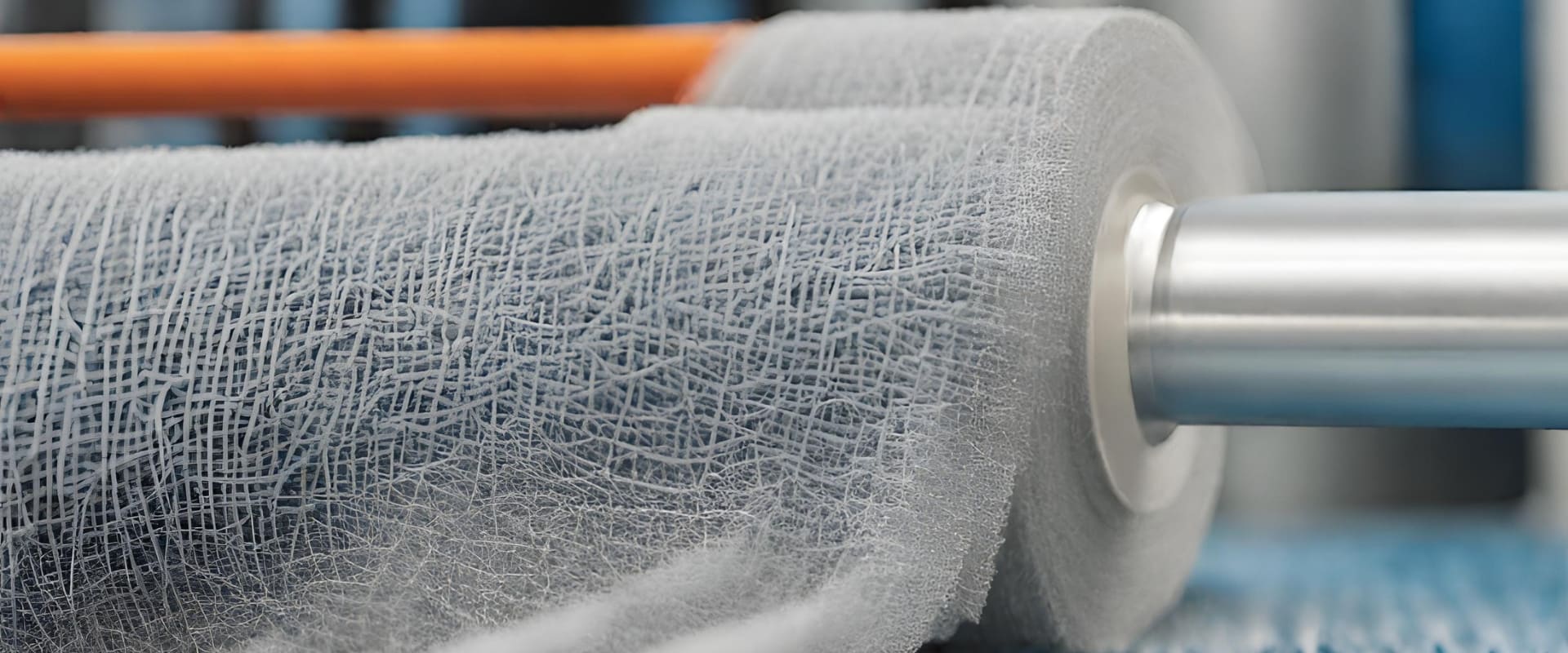Abstract
The Pore Size Analysis is essential for determining Particle Filtration Efficiency, precision in Filtration, and compatibility with different Filtration Media. It allows for the optimization of Flow Rates while preventing issues like bypass and clogging. Pore Size Analysis enables the customization of textiles to meet the unique requirements of diverse Filtration applications, ensuring compliance with regulatory standards. Ultimately, understanding and analyzing Pore Sizes are integral steps in designing effective Filtration Systems with tailored properties for specific needs.
Blog
Pore Size Analysis of Textiles is a critical factor in selecting the right material for Filtration applications. Here's how Pore Size Analysis plays a crucial role in this decision-making process:
- Determining Suitable Pore Sizes for Particle Filtration Efficiency: Pore Size Analysis helps identify the range of particle sizes that a Textile can effectively filter. Understanding the Particle Filtration Efficiency is crucial for selecting a textile with the appropriate Pore Sizes to capture and retain specific particles.
- Matching Pore Size to Application: Different filtration applications require specific levels of precision. Pore Size Analysis enables the selection of textiles with the right Pore sSize Distribution, ensuring that the material can effectively filter out contaminants of a particular size range.
- Balancing Flow and Filtration: Pore Size directly affects the Flow Rate of fluids through a textile. By analyzing Pore Sizes, one can strike a balance between effective filtration and maintaining an acceptable flow rate while considering pressure drop across the Textile.
- Selectivity for Target Substances: Pore Size Analysis helps tailor filtration properties to the substances targeted for removal. Whether filtering large particles or microscopic contaminants, understanding Pore Sizes ensures the textile is designed to effectively target and capture specific substances.
- Preventing Bypass or Clogging: Understanding Pore Sizes helps prevent issues like bypass, where particles might pass through the textile without being captured. It also helps in avoiding clogging, ensuring a more extended lifespan and consistent performance of the filtration material.
- Choosing Compatible Materials: Pore Size Analysis aids in selecting Textiles that are compatible with various filtration media. This is crucial for designing composite materials that enhance Filtration Efficiency while maintaining mechanical strength and other desirable properties.
- Optimizing Filtration System Design: Pore Size information is integral to the overall design of Filtration Systems. It guides the selection of Textiles that align with the operational and efficiency requirements of the entire filtration setup.
- Application-Specific Requirements: Different filtration applications, such as air, water, or industrial processes, have unique requirements. Pore Size Analysis allows for the customization of Textiles to meet specific needs, ensuring optimal performance in diverse contexts.
- Compliance with Standards: Pore Size Analysis helps ensure that the selected textiles meet industry and regulatory standards for Filtration Efficiency. This is particularly important in applications where stringent quality and performance criteria must be met.
In summary, Pore Size Analysis is a fundamental aspect of choosing the right Textile for Filtration. It enables the customization of filtration materials to meet specific requirements, ensuring efficiency, longevity, and compliance with industry standards across various applications.



